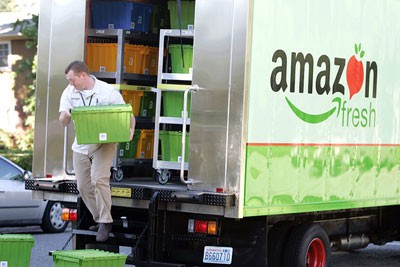Amid the doom and gloom of sequestration, a pending jobs report that likely will be tepid at best and more foreclosure scams, it’s nice to get something warm and cuddly in the business pages for an occasional change. And since we’re in the midst of the national Professional Pet Sitters Week, slated for March 3-9 this year, why no do just that?
It’s an especially good week for a look with the just-out Institute of Supply Management’s non-manufacturing survey, which shows an uptick in the pace of service-industry growth, which has been gaining now for 39 straight months.
According to Pet Sitters International, the industry association, there now are more households with dogs than with children, which certainly bodes well for canine and feline caretakers. The trade group’s 2013 forecast, based on surveys of its 7,000 member businesses, says pet sitting is a$4 billion annual industry, with most (83.3 percent) businesses women-owned. The report also says that in 2010 its respondents said their average revenue was $48,000 on some 2,606 visits a year (at an average of $17.75 for a 32-minute business).
Hmm. For a business with low barriers to entry and low start-up costs – liability insurance would probably be the largest. Ask sitters about that. It’s an interesting industry to profile when long-term unemployed folks are pondering new career options. The full survey is available upon request from Pet Sitters International; here’s a link to their recent press release.
Other angles include:
High-tech pet care.
How are pet sitters using apps, smartphones and other technology to improve their menu of services? Here’s a release from a Michigan firm that says pets are under GPS tracking while in their care, and scheduling via smart-phone or computer. How are pet sitters in your region using mobile devices to streamline services and keep animals safe?
Cage-free kennels.
These facilities screen applicants (or should) for ability to get along with others, then allow them the run of the kennel rather than locking them in cages for most of the day. Cage-free boarding firms I’ve looked at include 24/7 attendants, webcams so owners can check in on their loved ones and special sections for small or older dogs. What are the extra liabilities to facility operators when dogs are mixing it up all day, as well as extra staffing costs, and how is this reflected in their business models?
Upscale pet hotels.
Private rooms, TV, midnight-snacks, hands-on grooming and swimming pools — where do we sign up? But no, those amenities and more are offered at upscale pet hotels that offer peace of mind to owners and pampering for Princess and Rex.
The Paw Print Inn, which claims to feature a hospital-grade filtration system to avoid the spreading of germs, 24-hour fire and security monitoring, nine-foot fences and other infrastructure aimed at protecting pets’ safety. Luxury accommodations in “signature suites” and other rooms include orthopedic cots, daybeds, background music and meals. A la carte services range from obedience training and private play to the e-mailing of “vacation photos” to owners and – I kid you not – provisions for a personal shopping allowance for those impromptu treats and other purchases.
I admire the creativity that goes into the styling of a business like this. It might be interesting to talk with marketing pros about how such offerings with human appeal make boarding facilities more competitive among indulgent owners.
Another angle I’d look into is how veterinary practices may be branching out into this sort of operation, as they seek to diversify to counteract owner balking at high medical fees. The New York Times reported recently about the financial woes of new veterinarians. I wonder if operating a kennel as an adjunct might not be one way to keep a revenue stream.
The market research firm IBISWorld has compiled an array of pet-related industry reports, including one on pet-service franchises that might play into a pet-sitting and -boarding story.











